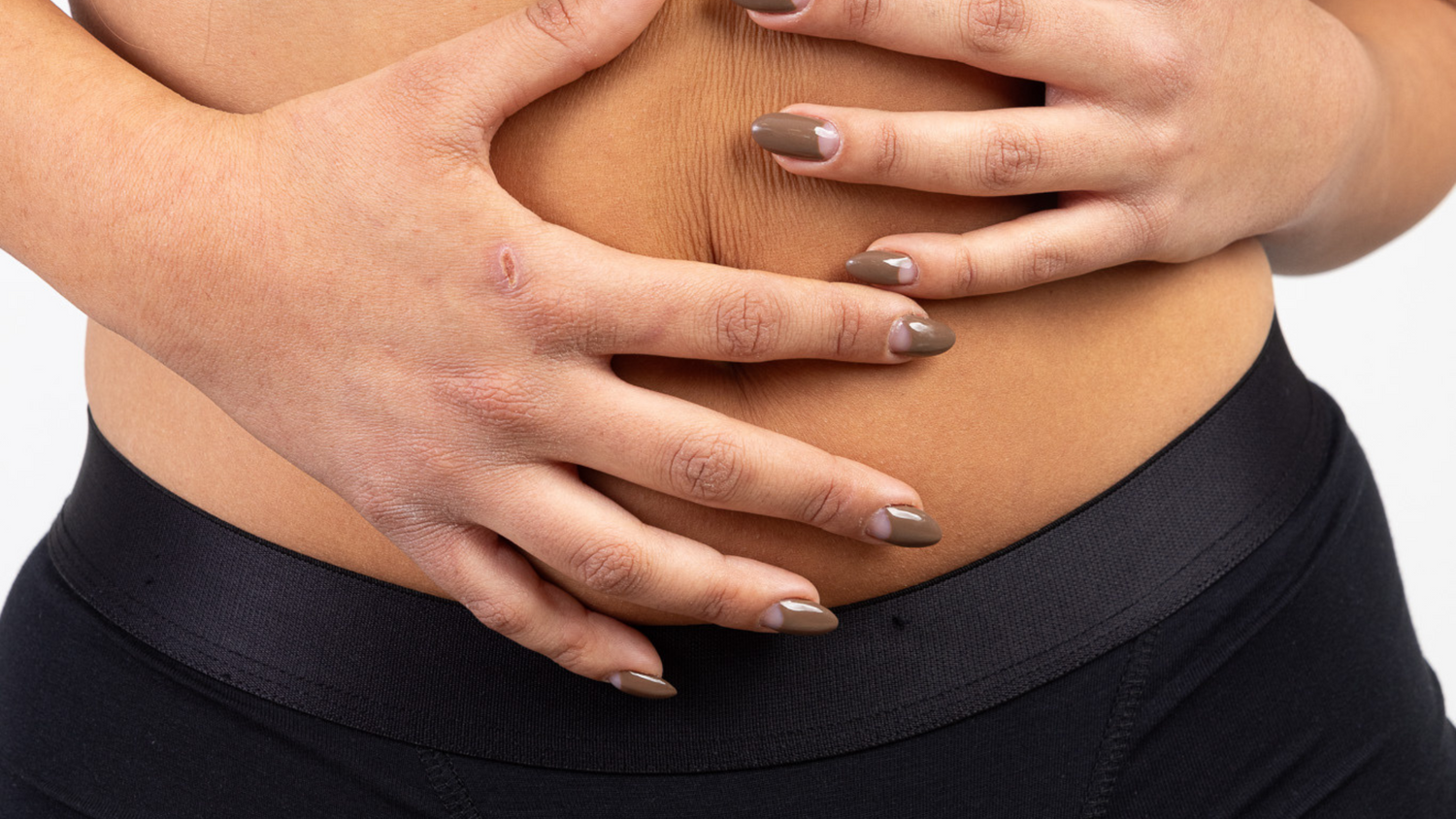Endometriosis is a chronic inflammatory disease in which cells that resemble the lining of the uterus begin to grow outside the uterus. They can appear on the ovaries, bladder, intestines, and even on nerves in the pelvis. During the menstrual cycle, these cells respond to hormones and try to bleed, but they have nowhere to drain. This causes pain, local inflammation, adhesions, and sometimes fertility problems. WHO, 2023
The disease is much more common than you might think. One in ten women of childbearing age suffers from it. Still, it takes an average of seven to eleven years to reach an accurate diagnosis. One reason is that many women have become accustomed to thinking that severe menstrual pain is a natural part of life, and therefore delay seeking diagnosis and treatment.
How will you know if it's you?
Endometriosis can look different for everyone. Some women experience many symptoms, others only experience a few, and some only discover the disease when they have difficulty getting pregnant. Common symptoms include:
- Severe menstrual pain that interferes with daily functioning
- Pain during or after sex
- Pain during urination or bowel movements, especially during menstruation
- Bloating and digestive problems such as diarrhea or constipation
- Severe fatigue and mood swings
- Heavy or irregular bleeding
- Pain that radiates to the lower back, legs, or groin
Even if you don't experience all the symptoms, it's worth listening to your body. Mayo Clinic, 2024
Why does diagnosis take so long?
Diagnosis begins with a conversation with a doctor who is familiar with the subject. Depending on your symptoms, you may be referred for an ultrasound, MRI, or laparoscopy – a tiny operation that allows you to see the tissues and, in some cases, treat them.
To make diagnosis easier, it is recommended to keep a symptom diary. Record when the pain appears, where it is felt, whether there is any unusual bleeding, and what factors affect how you feel. This tracking helps to arrive at an accurate diagnosis and appropriate treatment more quickly. NEJM, 2019
What treatments are available?
Currently, there is no complete cure for endometriosis, but there are a wide range of treatments that can improve quality of life.
- Painkillers from the NSAID family to relieve severe pain
- Hormonal treatments such as pills, injections, or GnRH agonists
- Laparoscopic surgeries to remove problematic tissues
- Fertility treatments if necessary
Each treatment is individualized. There is no one-size-fits-all plan. PubMed, 2024
What else can help?
Besides conventional medicine, there are quite a few ways to relieve symptoms and strengthen the body and mind:
- Gentle exercise: Yoga, Pilates, walking or swimming improve blood circulation and reduce muscle tension.
- Pelvic floor physiotherapy: Professional treatment can relieve pain during intercourse or bowel movements.
- Balanced diet: Reducing sugar, gluten, and processed foods while increasing vegetables, legumes, and omega-3s may significantly improve how you feel PMID: 34580037
- Relaxation and mindfulness techniques: Breathing, meditation, or emotional therapy can reduce stress and chronic pain.
- Local heating: A hot water bottle or warm bath can relieve localized pain.
- Quality sleep: Good sleep affects pain processing, mood, and vitality.
And what about fertility?
About four out of ten women with endometriosis experience difficulty conceiving. Most often, these are tissues that interfere with ovulation or implantation of the embryo. The good news is that there are treatments and solutions. From hormonal treatments to in vitro fertilization – many have managed to become mothers in a way that is right for their bodies. Wikipedia, 2025
And what about menstrual underwear and breathable fabrics?
Menstrual underwear and breathable fabrics are excellent solutions for hygiene and comfort, but there is currently no scientific evidence linking them to endometriosis. It is important to choose quality and comfortable products, but they are not a risk factor for the disease.
Summary
If your pain is too strong, debilitating, or just doesn’t feel right – listen to your body and don’t ignore it. Endometriosis is a real and recognized disease, with methods of diagnosis and treatment. You are not alone. There are solutions, there are tools to manage the disease, and there is also a large community of women who know exactly what you are going through.
Note: The information in this article is general only and does not constitute medical advice or recommendation. If you have any questions, suspicions, or need for treatment, you should contact a doctor or a specialist in the field.






